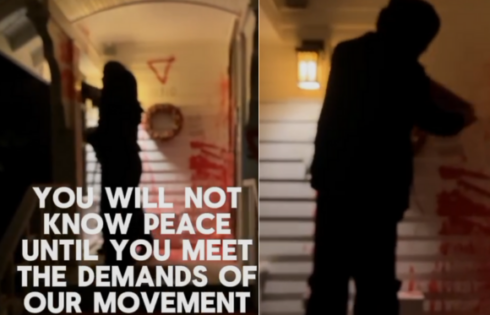In 2008 and 2012, the youth vote helped catapult Democrat Barack Obama to the White House. But in the latest election, millennial voters did not turn out in the same numbers for Democrat Hillary Clinton, according to early results.
While Trump’s support among Millennials mirrored Romney’s 2012 figures, Clinton saw her numbers slip significantly below the share of ballots cast for Obama by voters under 30 in 2012.
Among voters 18 to 29, Clinton defeated Trump 55%-37%. The split represented a tighter margin than in the 2012 election, when Obama defeated Romney 60%-37%.
Minor-party candidates performed strongest among voters under 30, with Libertarian Party candidate Gary Johnson earning 5% of the vote in that age group and Green Party nominee Jill Stein winning 2%.
While the numbers aren’t firm yet as the country is still gathering demographics data, this much we do know: we saw significant less Millennial voter turnout in 2016 than we did for Obama in 2012. That means that the largest and most influential generation — a generation that is certainly larger now than it was four years ago — collectively dropped the ball.
Clinton has stumbled with millennials throughout the campaign. Her primary opponent Bernie Sanders did very well among young voters, and many millennials thought Clinton represented more of “politics as usual” than actual change. Given this, perhaps it’s not too shocking that they were hesitant to vote for her in the general election.
Like The College Fix on Facebook / Follow us on Twitter




Add to the Discussion